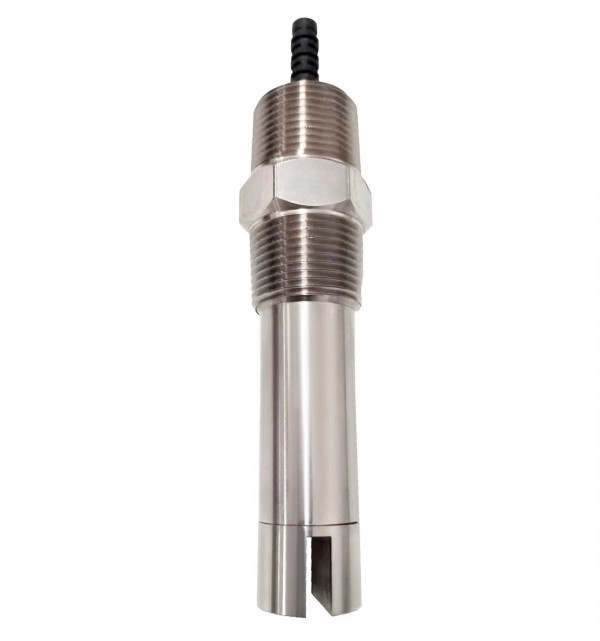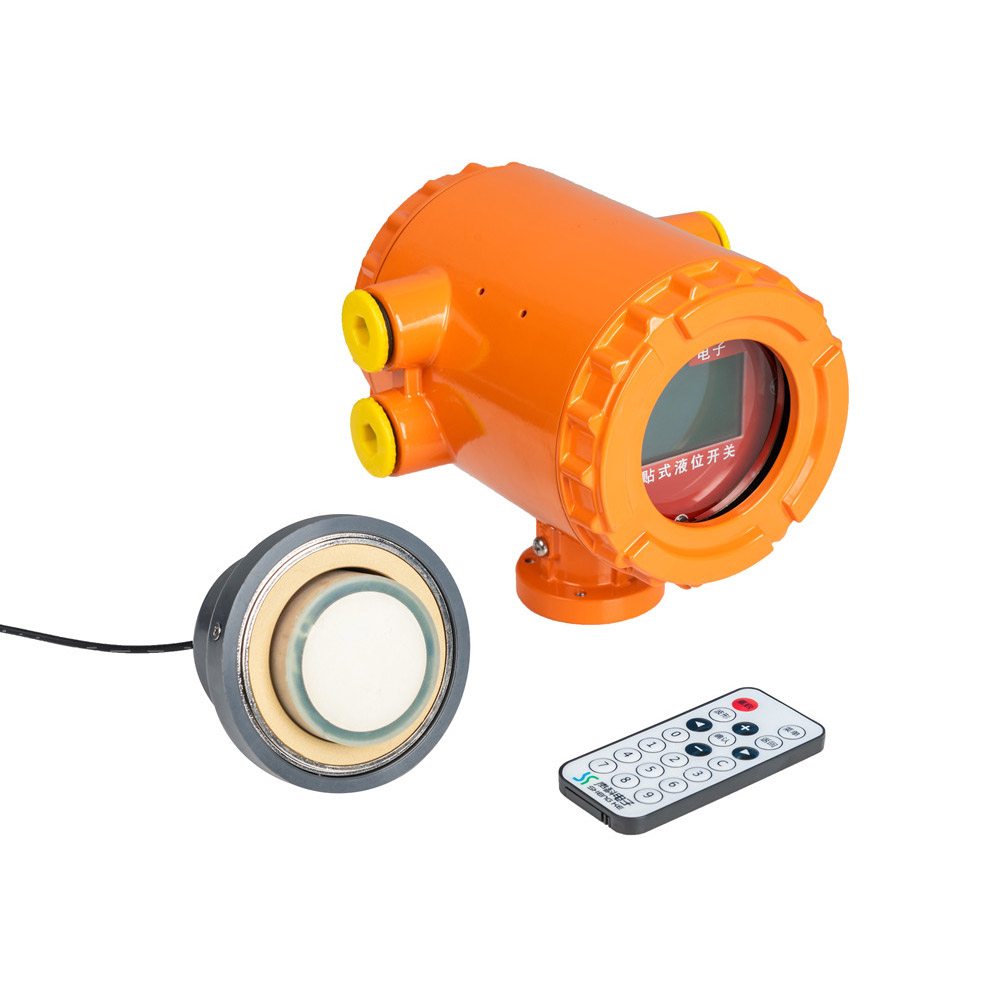Project Description
Ultrasonic Level Switch
SK-US
YOUR BENEFIT
High/Low Position alarm
Two wire system, low power consumption
High sensitivity
Available for all liquid media
Introduction
The ultrasonic switch is a device that uses an inaudible high-frequency acoustic wave (ultrasonic wave) to detect the presence of liquid at a specified point. The device is composed of electronic control unit and a sensor. The ultrasonic level switch uses the characteristics of sound wave transmission in steam and liquid to detect the liquid level.
Working principle
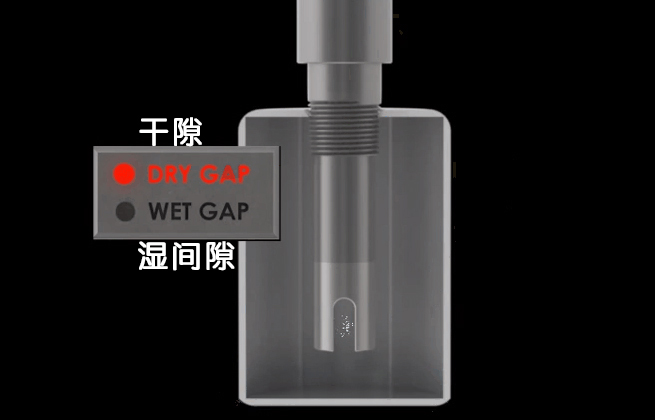
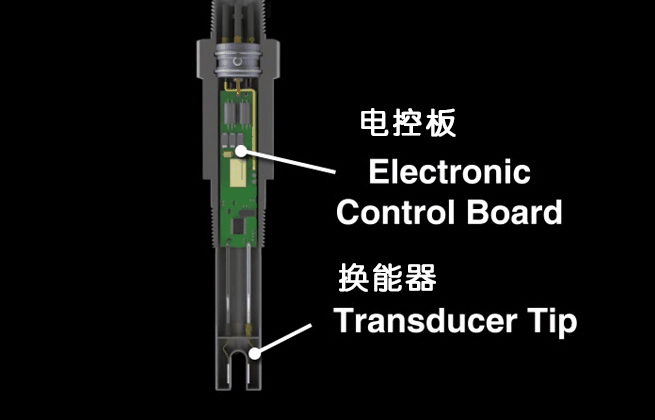
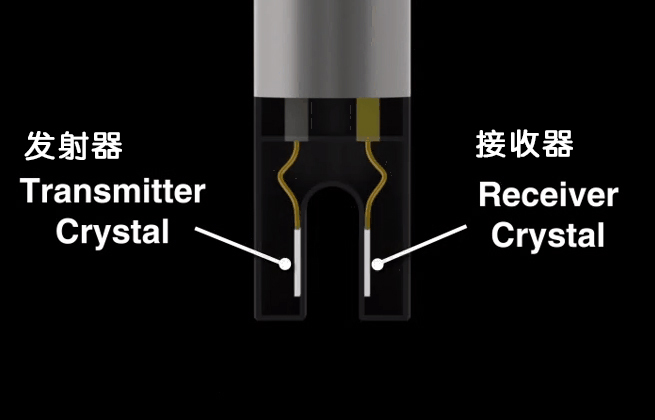
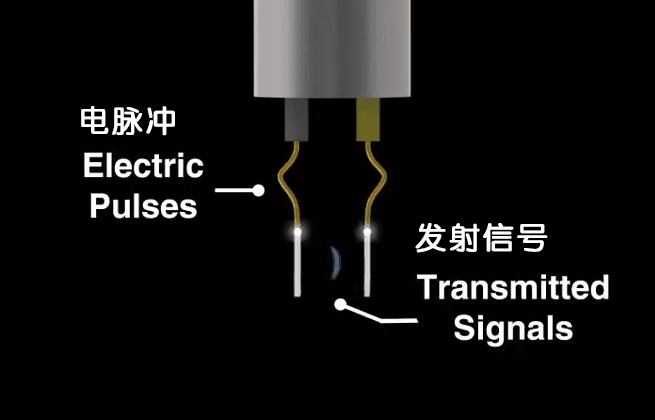
The ultrasonic switch is a device that uses an inaudible high-frequency acoustic wave (ultrasonic wave) to detect the presence of liquid at a specified point. The device is composed of an electronic control unit and a sensor. The ultrasonic level switch uses the characteristics of sound wave transmission in steam and liquid to detect the liquid level. When sound waves travel through the air, they lose a lot of signal strength. Sound waves retain almost all signal strength when propagating in a liquid.
To detect the level, we must determine whether there is liquid or gas (air) in the gap. Because liquids are denser than gases, it is easier to transmit sound waves through them. One side of the sensor gap sends sound waves and the other side detects sound waves. When liquid is present, a large number of sound waves are received on the detection side. When gas (air) is present, a small number of sound waves are received. The electronics detect this difference and switch the relay accordingly.
The ultrasonic switch sensor consists of two piezoelectric crystals, one for transmitting sound waves and the other for receiving sound waves. Each crystal is mounted on one side of the metal sensor gap. The transmitting crystal generates high-frequency sound waves (1MHz to 3MHz) that travel through the gap to the receiver crystal. The receiver crystal converts the received sound energy into an electrical signal, which is processed by electronic equipment to determine whether there is liquid or air in the gap.
Application
Ultrasonic level switches can be used in various applications without any calibration or setting. However, there are limitations on the type of process they will work in.
The following factors must be considered before selecting an Ultrasonic level switch for your application.
Liquid Only – The process medium must be liquid. Ultrasonic level switches cannot detect the difference between two gases or between gases and solids. Proper detection requires even liquid density.
Clean liquid only – a liquid with high solid content cannot transmit sound waves well and cannot be detected. Generally, 5% of suspended solids is the maximum amount allowed.
Fluid must flow – applications, where fluid cannot drain from the sensor gap, will result in false positives. If the liquid is too sticky to flow out of the gap of about 1.9cm, the equipment will not work properly. Sometimes this can be solved by different installation methods, but some liquids are too viscous and have no (or few) bubbles – especially in fluids with higher viscosity. The large bubbles in the thick liquid will prevent the acoustic signal from passing through the gap. Low-viscosity fluids, which contain a large number of bubbles, usually prevent acoustic signals from passing through the gap.
If these guidelines are correctly followed, the ultrasonic level switch will provide trouble-free operation without any calibration or periodic adjustment.
| Power supply | 24VDC |
| Standby current | 4—5mA |
| Output current | 16±1mA |
| Sensitivity | 5mm |
| Delay | 0.5 seconds |
| Mounting | 3/4 NPT |
| Sensor material | Titanium Alloy |
| Temperature | -20℃ to 80℃ |
| Protection grade | IP67 |
| Weight | 200g |
SKE Ultrasonic level switch
Introduction
The ultrasonic switch is a device that uses an inaudible high-frequency acoustic wave (ultrasonic wave) to detect the presence of liquid at a specified point. The device is composed of an electronic control unit and a sensor. The ultrasonic level switch uses the characteristics of sound wave transmission in steam and liquid to detect the liquid level.
Working principle
The ultrasonic switch is a device that uses an inaudible high-frequency acoustic wave (ultrasonic wave) to detect the presence of liquid at a specified point. The device is composed of an electronic control unit and a sensor. The ultrasonic level switch uses the characteristics of sound wave transmission in steam and liquid to detect the liquid level. When sound waves travel through the air, they lose a lot of signal strength. Sound waves retain almost all signal strength when propagating in a liquid.
To detect the level, we must determine whether there is liquid or gas (air) in the gap. Because liquids are denser than gases, it is easier to transmit sound waves through them. One side of the sensor gap sends sound waves and the other side detects sound waves. When liquid is present, a large number of sound waves are received on the detection side. When gas (air) is present, a small number of sound waves are received. The electronics detect this difference and switch the relay accordingly.
The ultrasonic switch sensor consists of two piezoelectric crystals, one for transmitting sound waves and the other for receiving sound waves. Each crystal is mounted on one side of the metal sensor gap. The transmitting crystal generates high-frequency sound waves (1MHz to 3MHz) that travel through the gap to the receiver crystal. The receiver crystal converts the received sound energy into an electrical signal, which is processed by electronic equipment to determine whether there is liquid or air in the gap.
Tech Data
| Power supply | 24VDC |
| Standby current | 4—5mA |
| Output current | 16±1mA |
| Sensitivity | 5mm |
| Delay | 0.5 seconds |
| Mounting | 3/4 NPT |
| Sensor material | Titanium Alloy |
| Temperature | -20℃ to 80℃ |
| Protection grade | IP67 |
| Weight | 200g |
Application:
Ultrasonic level switches can be used in various applications without any calibration or setting. However, there are limitations on the type of process they will work in.
The following factors must be considered before selecting an Ultrasonic level switch for your application.
Liquid Only – The process medium must be liquid. Ultrasonic level switches cannot detect the difference between two gases or between gases and solids. Proper detection requires even liquid density.
Clean liquid only – liquid with high solid content cannot transmit sound wave well and cannot be detected. Generally, 5% of suspended solids is the maximum amount allowed.
Fluid must flow – applications where fluid cannot drain from the sensor gap will result in false positives. If the liquid is too sticky to flow out of the gap of about 1.9cm, the equipment will not work properly. Sometimes this can be solved by different installation methods, but some liquids are too viscous and have no (or few) bubbles – especially in fluids with higher viscosity. The large bubbles in the thick liquid will prevent the acoustic signal from passing through the gap. Low-viscosity fluids, which contain a large number of bubbles, usually prevent acoustic signals from passing through the gap.
If these guidelines are correctly followed, the ultrasonic level switch will provide trouble-free operation without any calibration or periodic adjustment.
| Shaanxi Shengke Electronic Technology Co.,Ltd | |
| p: | +86 -29-88858601 m:+86 15809274235 |
| a: | Room 1911, Junminronghe Building, No25 Fazhan Road, Gaoxin Zone, Xi’an City, Shaanxi.China |
| w: | www.skeic.com e: jilina@skeic.com |

